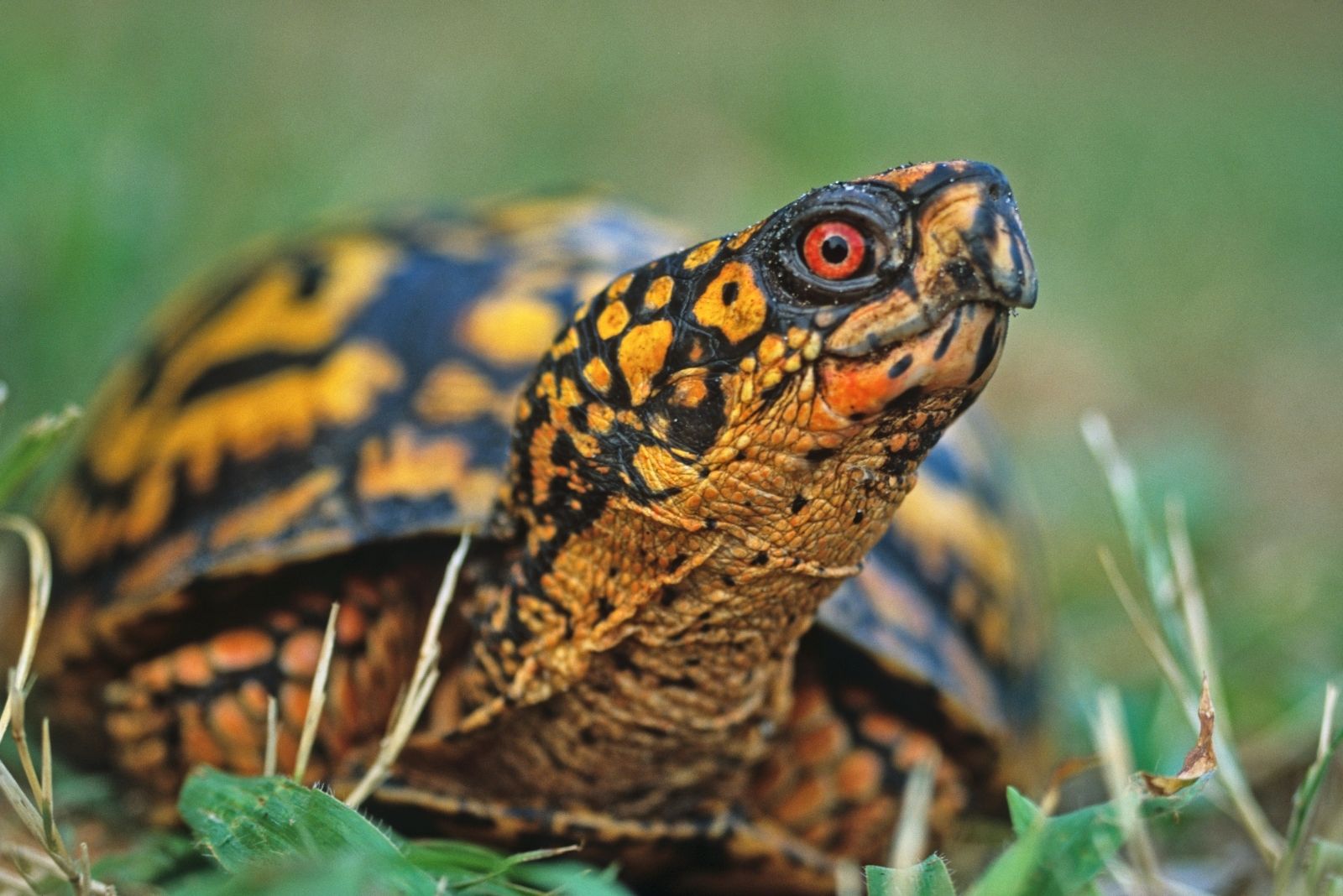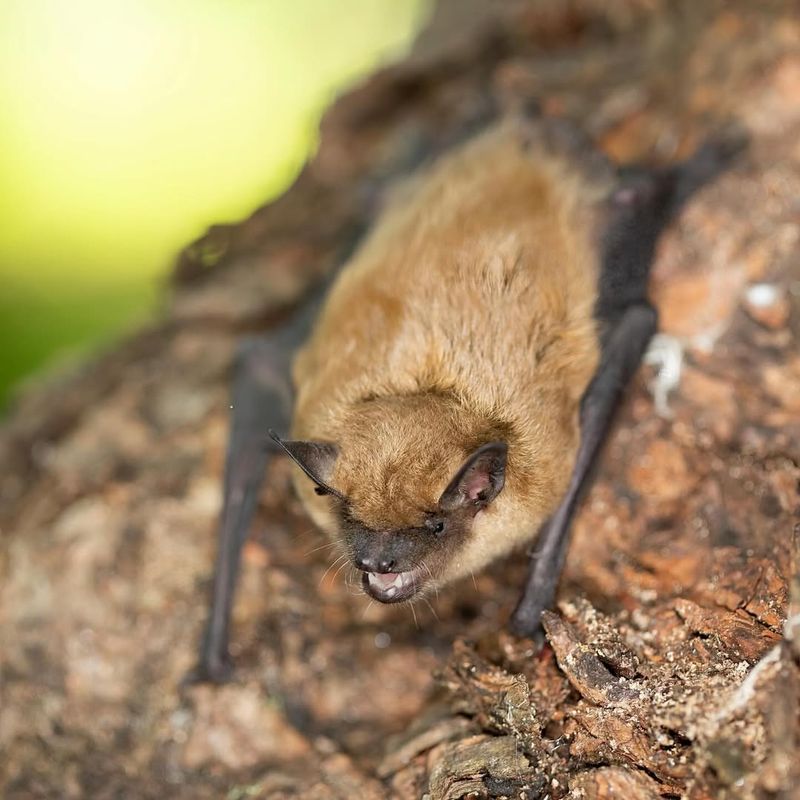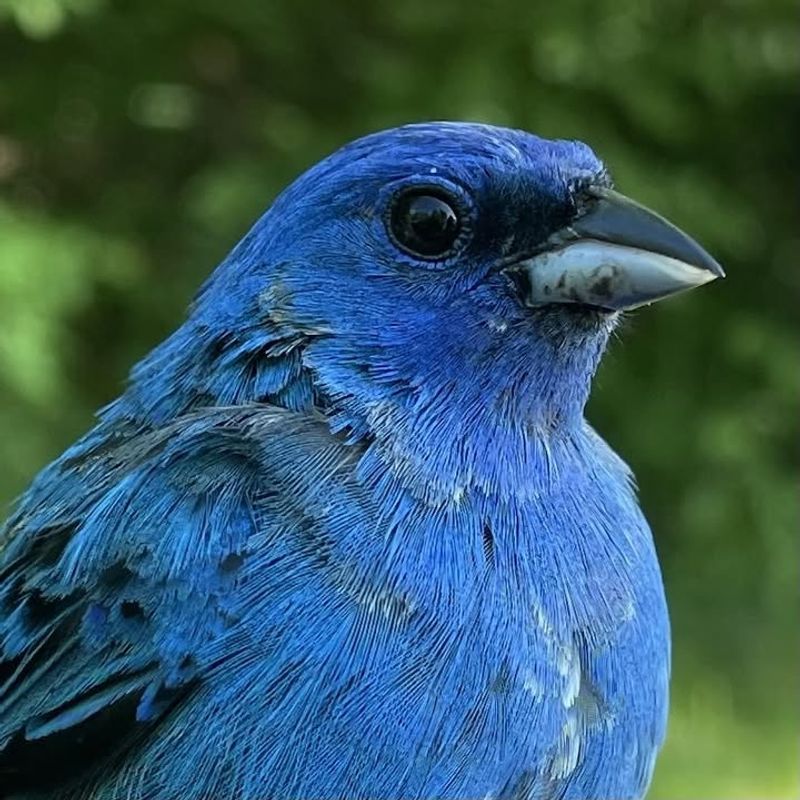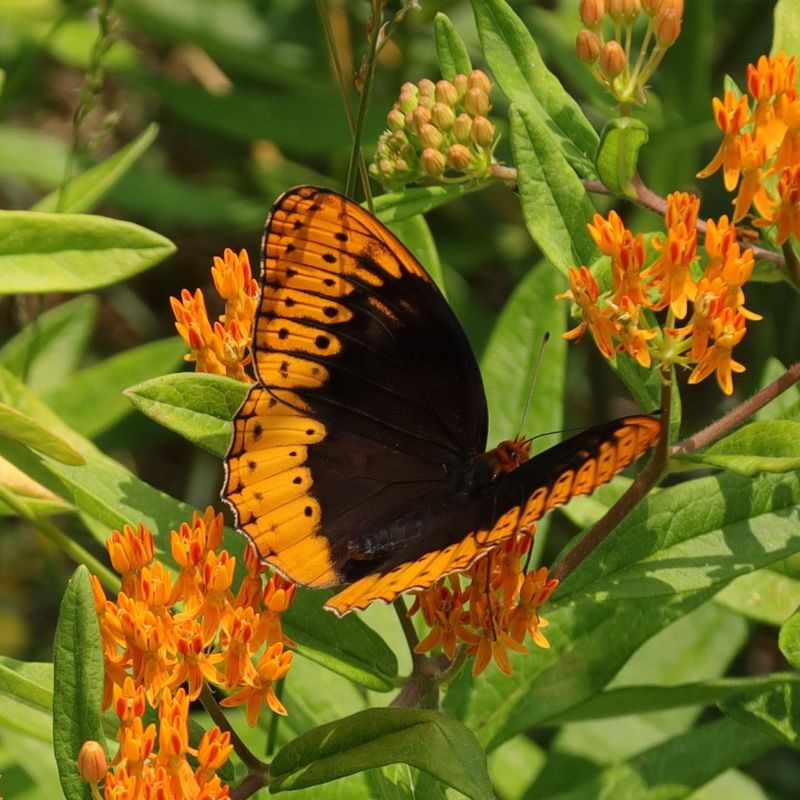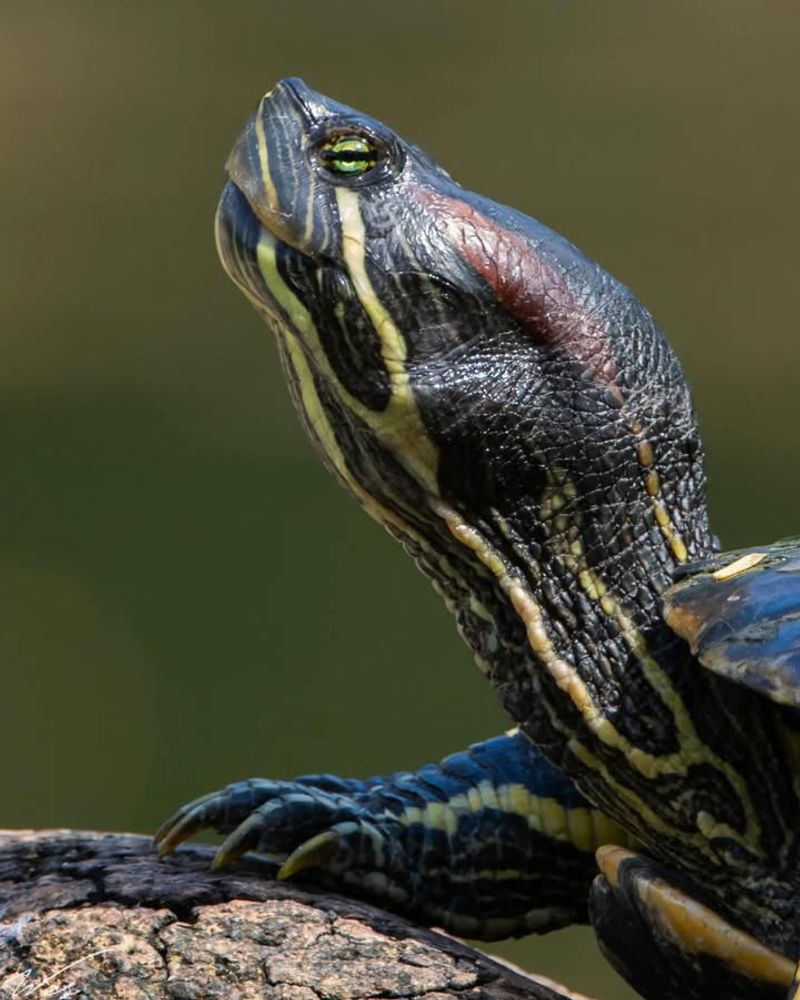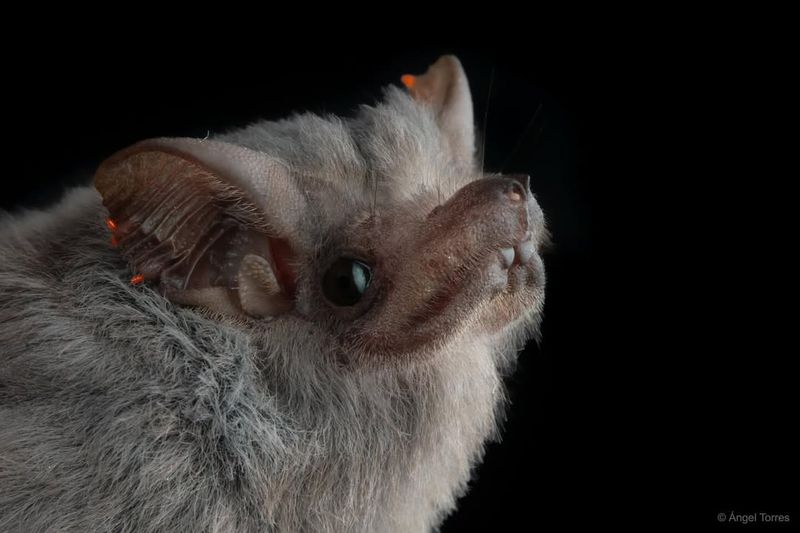Living in Arkansas means sharing your space with some amazing wildlife. But did you know that certain animals are protected by law, even if they decide to make your backyard or attic their home?
Removing or harming these creatures could land you in serious legal trouble, with hefty fines or even criminal charges. Understanding which animals are off-limits helps you stay on the right side of the law while respecting nature’s balance.
1. Bats (All Native Species)
Arkansas is home to sixteen different bat species, and every single one enjoys federal and state protection. Finding bats roosting in your attic might feel unsettling, but legally evicting them isn’t an option during certain times of year.
Maternity season runs from May through August, when mother bats raise their young. Disturbing them during this period is strictly prohibited. Bats devour thousands of insects nightly, making them natural pest controllers worth protecting.
If you discover bats, contact a licensed wildlife professional who can install one-way exclusion devices after babies can fly independently.
2. Eastern Box Turtles
With their dome-shaped shells painted in brilliant orange and yellow patterns, box turtles are Arkansas garden regulars. State law classifies them as protected wildlife, meaning you cannot capture, relocate, or keep them as pets without special permits.
Populations have declined dramatically due to habitat loss and illegal collection. A single turtle might live seventy years or more, returning to the same small territory throughout its entire life.
Relocating one even a few miles away can be a death sentence, as they’ll spend their remaining years trying to find their way home.
3. Migratory Songbirds
That cheerful robin building a nest on your porch or the cardinal family nesting in your bushes? All protected under the Migratory Bird Treaty Act. Federal law covers more than 1,000 bird species, making it illegal to harm them, their eggs, or active nests.
Even if birds are making a mess or causing minor inconveniences, you must wait until babies fledge and nests are abandoned. The law carries serious penalties, including fines up to $15,000 and potential jail time.
Once nesting season ends, you can remove empty nests and take preventive measures.
4. Indiana Bats
Weighing barely more than three pennies, Indiana bats rank among America’s most endangered mammals. Arkansas provides critical habitat for these tiny creatures, especially during winter hibernation months.
Federal endangered species laws protect them with extreme measures. Simply disturbing their hibernation caves can result in criminal prosecution. Property owners discovering Indiana bat colonies must immediately contact the U.S. Fish and Wildlife Service.
These bats face threats from white-nose syndrome, a deadly fungal disease. Any human interference during their vulnerable hibernation period could prove catastrophic for already struggling populations.
5. American Alligators
Spotting a gator sunbathing near your pond might seem like a problem requiring immediate action. However, American alligators are protected by Arkansas Game and Fish Commission regulations throughout the state.
Once hunted nearly to extinction, these prehistoric reptiles made a remarkable comeback thanks to conservation efforts. Only licensed nuisance wildlife control operators can legally remove alligators posing genuine threats to human safety.
Most gators prefer avoiding people entirely. Homeowners should never attempt removal themselves, as alligators are powerful, dangerous animals. Call Arkansas Game and Fish for proper assessment and authorized removal if necessary.
6. Butterflies And Moths (Certain Species)
Arkansas gardens attract dozens of butterfly species, including several protected by state conservation laws. The stunning Diana fritillary, with its dramatic orange and black wings, cannot be collected or killed.
Monarch butterflies also receive special protection during their incredible migration through Arkansas. Destroying milkweed plants, their only food source, indirectly harms protected populations.
Rather than viewing butterflies as pests, consider them free pollination services for your garden. Planting native flowers encourages these beautiful insects while supporting ecosystems. If caterpillars munch your plants, remember they’ll soon transform into protected pollinators.
7. Red-Eared Slider Turtles (Native Populations)
Those turtles basking on logs in your backyard pond might seem like fair game for relocation, but native red-eared sliders are protected under Arkansas wildlife regulations.
While pet store varieties exist, wild populations are considered native wildlife requiring protection. Taking them from their habitat without proper permits violates state conservation laws. Turtles play vital roles controlling aquatic vegetation and maintaining pond ecosystem balance.
They’ve survived in Arkansas waterways for millions of years. If their presence bothers you, focus on coexistence rather than removal. Healthy turtle populations indicate your pond ecosystem is thriving naturally.
8. Gray Bats
Federally endangered gray bats choose specific Arkansas caves for their massive colonies, sometimes numbering in the thousands. Unlike other bat species, gray bats are extremely sensitive to disturbance.
A single human intrusion during critical periods can cause entire colonies to abandon roosts, often resulting in death for young bats. Property owners discovering gray bat colonies face strict legal obligations to protect them.
The Endangered Species Act imposes severe penalties for harming gray bats or their habitats. If you suspect gray bats on your property, immediately contact federal wildlife authorities for guidance on legal responsibilities and protection requirements.

